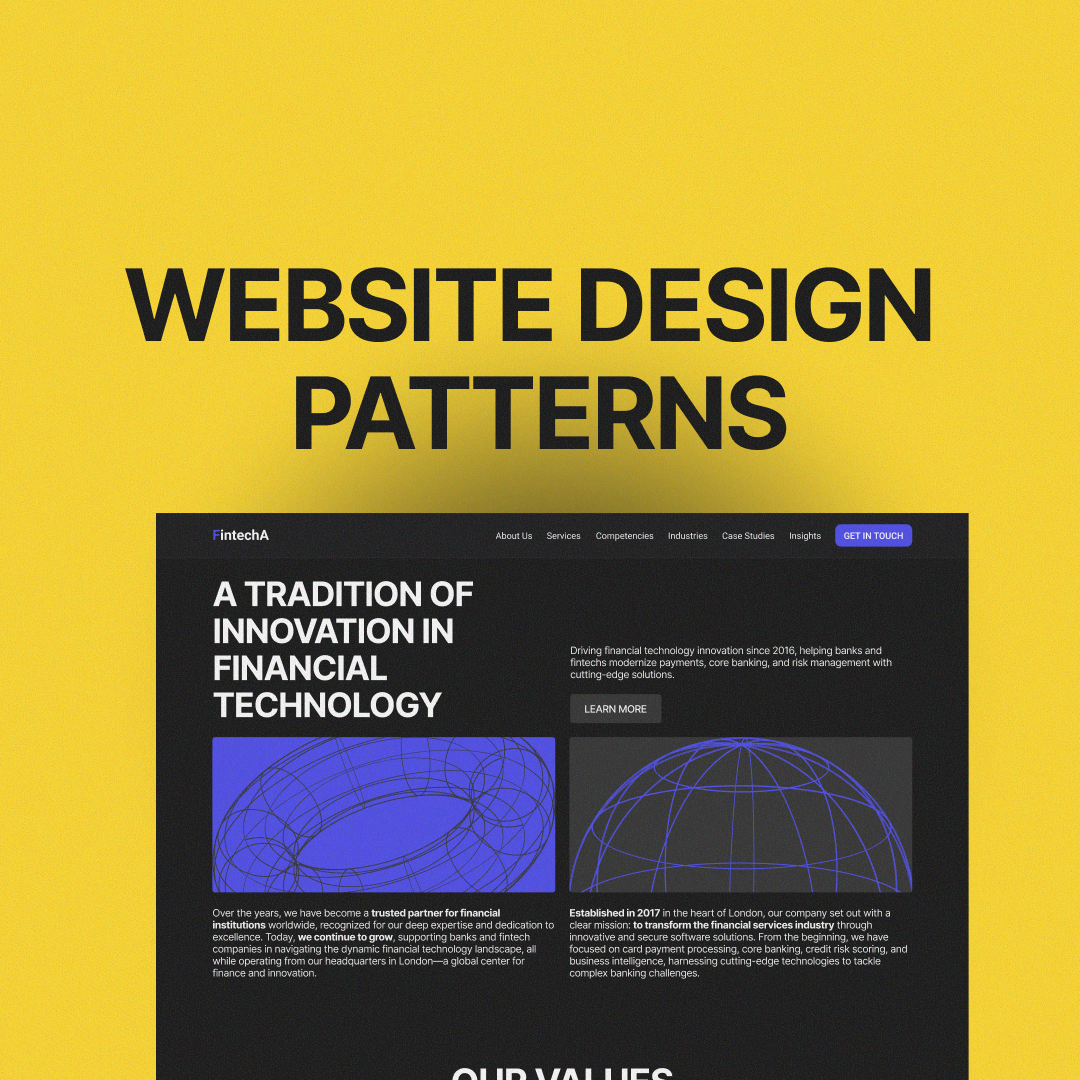Most business owners still believe a website is just a digital brochure.
A couple of nice photos. Some text about the company. Maybe a button somewhere at the bottom.
That’s not a website.
That’s dead weight.
A real website is a tool.
It’s alive. It reacts. It learns.
Every click, every scroll, every pause on the screen is a signal.
Your website doesn’t read minds — it reads patterns.
And if you don’t use those patterns, you’re wasting traffic.
UX is not about pretty buttons
Let’s kill this illusion once and for all: UX (user experience) is not about making things “look nice.”
UX is about guiding people.
Imagine walking into a store where the checkout counter is hidden in the basement. Looks nice, smells nice — but you leave without buying anything because you couldn’t figure out how to pay. That’s bad UX.
Now imagine your website. If the structure looks like a maze, people drop faster than you can open Google Analytics.
Good UX is like GPS.
It shows the next turn without you thinking about it.
Buy. Book. Leave a request.
When the path is clear, the decision feels natural.
User behavior is your map
I’ve seen this again and again.
We worked on a restaurant website in Miami. Before the redesign, people would browse the menu, get hungry… and leave. No booking. No action.
After we rebuilt the structure, the site started gently pushing people toward a reservation.
The result? Hundreds of extra bookings.
Not because we suddenly became “mind readers.”
But because the site started reading patterns:
— where people stop,
— what they search for,
— what they ignore.
Patterns don’t lie. They show you exactly where money leaks.
Beautiful ≠ working
Here’s the trap: “Let’s make it stylish, minimal, modern.”
Cool. But if the “Book now” button is hidden in the footer, you just burned money.
I see this every week. Businesses spend thousands on “design” and end up with digital art, not a sales tool.
We built a website for a fitness trainer.
The difference wasn’t the color scheme or fonts.
It was UX. Clear flow. Strong call-to-actions. Easy booking.
Result: real clients. Real sessions booked.
That’s what separates “a pretty site” from a website that performs.
UX is honest marketing
Let’s be blunt.
You can pump money into ads and pray. Or… you can build a site that sells without begging.
That’s why in Weinflow we always start with the core: website development with clean UX.
Then we layer digital marketing, visual identity, and social media.
Without UX, ads are wasted fuel.
With UX, even small campaigns perform.
Think of it this way:
Bad UX = bucket with holes.
Good UX = system that recycles every drop of traffic into sales.
Patterns everywhere
Let’s zoom out. Patterns aren’t just about clicks. They show up everywhere in digital.
E-commerce.
People add to cart and drop? That’s not “bad luck.” That’s a broken checkout pattern. We fix that in e-shop development.
Content.
Visitors scroll your blog halfway and leave? Your article structure is off. See how we built long-form content that holds attention in our portfolio.
Branding.
If people don’t remember your name after visiting your site, that’s not their fault. That’s your visual identity failing.
Real example: furniture website
We created a custom furniture website.
Before: clients would call but rarely submit forms online.
After: the website guided them step by step — choose room, select material, send request.
Result? More orders.
Not because we invented a new industry.
Because the site stopped guessing and started leading.
+260%
Traffic Growth
4.2%
Conversion Rate
Honest truth
Your website will never read minds.
But it can read signals.
And those signals are everything.
Every extra second a visitor spends on the wrong page is a lost euro.
Every unclear CTA is a lost client.
Every broken flow is a hole in your pocket.
And let’s be honest: most business owners don’t see it until we show them.
That’s fine. That’s why we exist.
Conclusion
Smart UX feels effortless. That’s the trick.
It quietly guides people where they already want to go — to buy, to book, to sign up.
Ignore patterns and you’re stuck with a pretty postcard.
Use patterns and you own a machine that sells.
Your website isn’t reading minds.
It’s reading behavior.
And behavior doesn’t lie.

